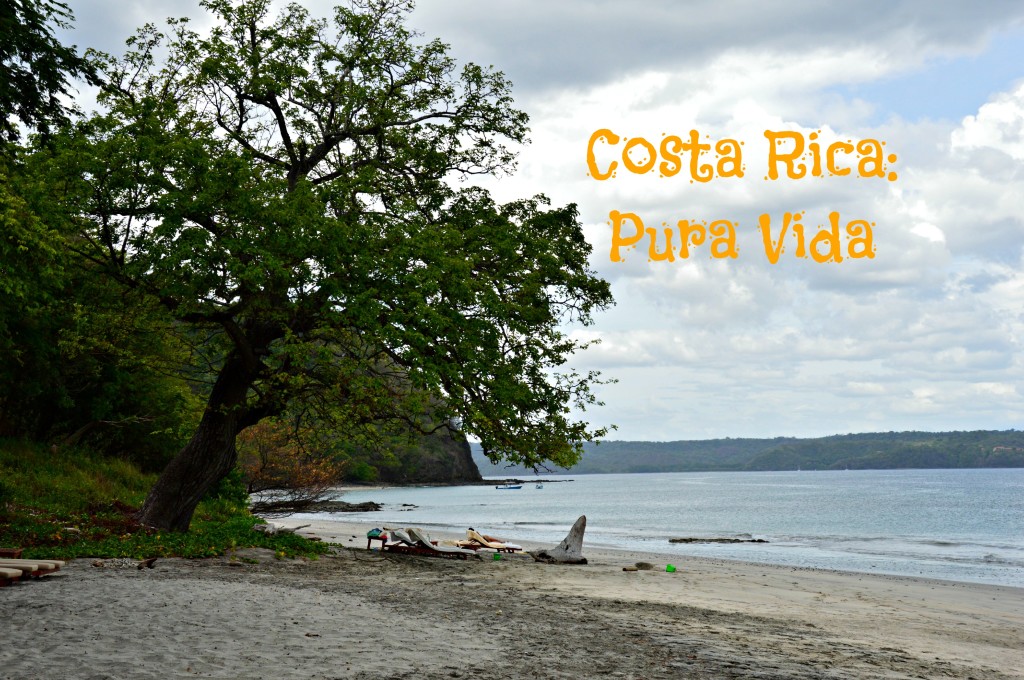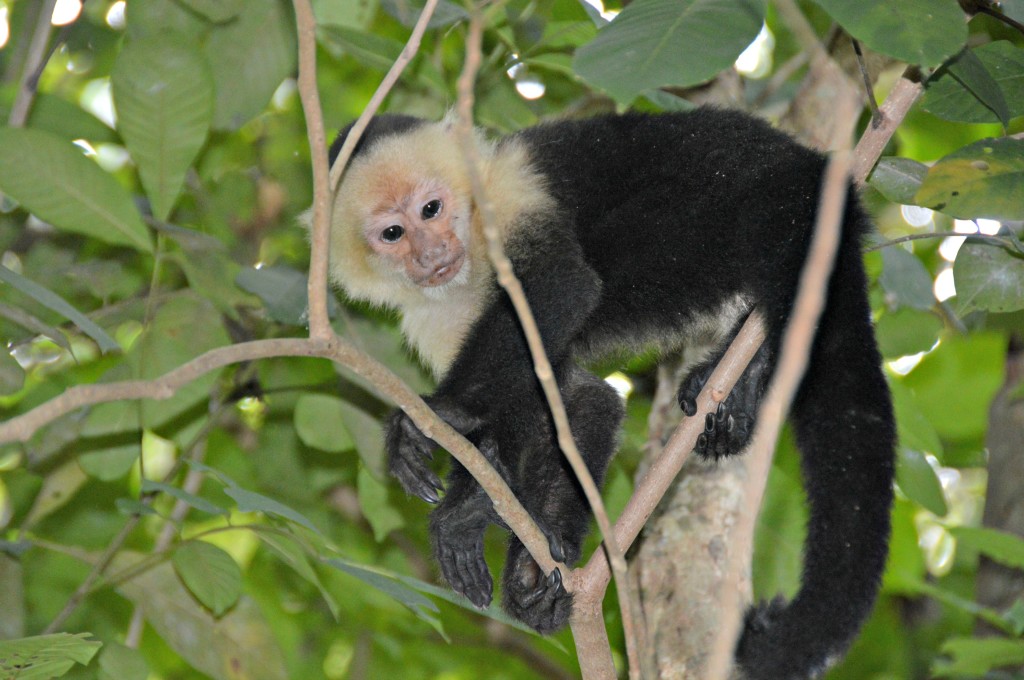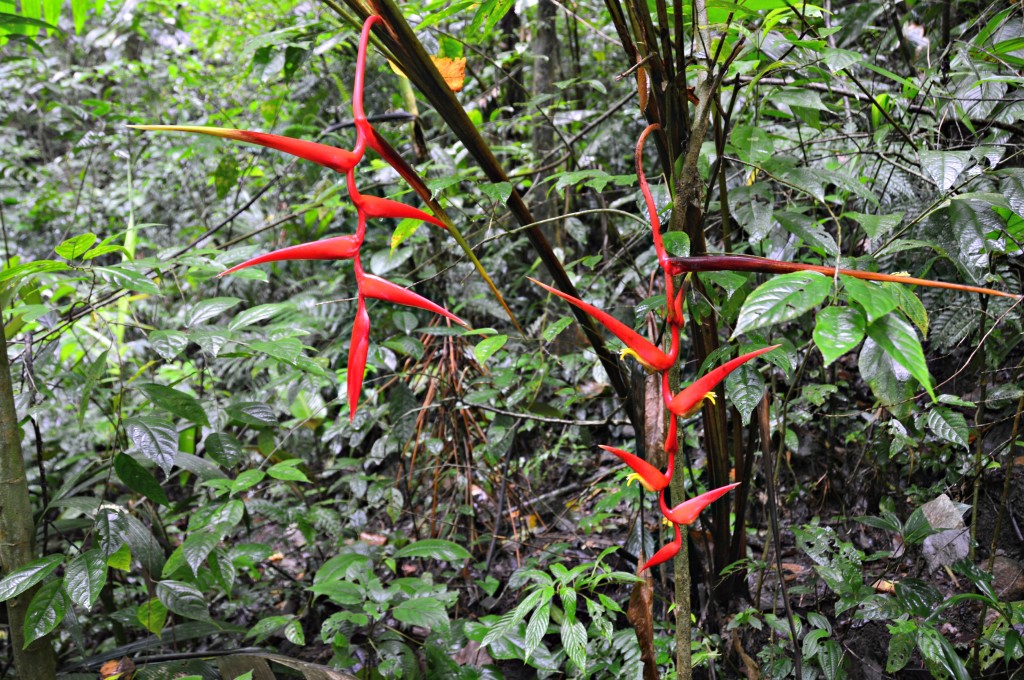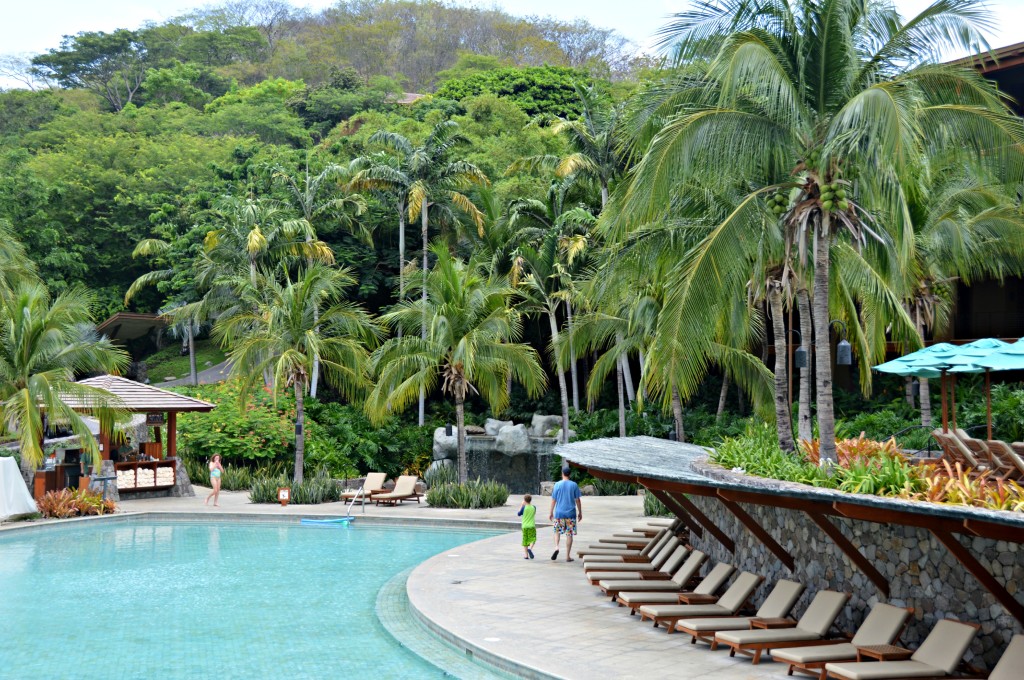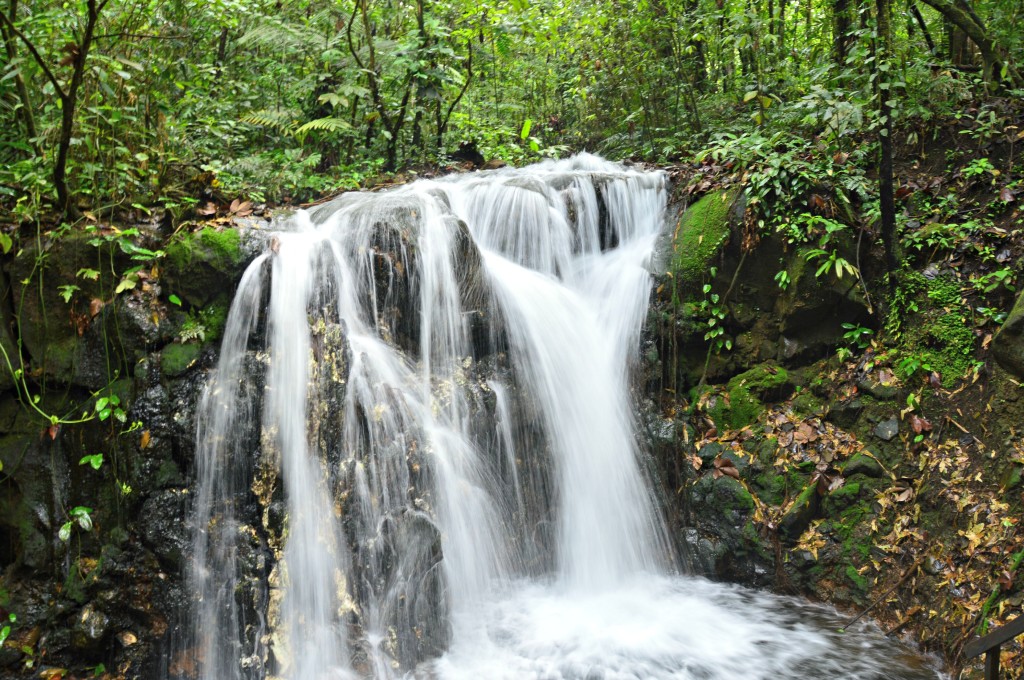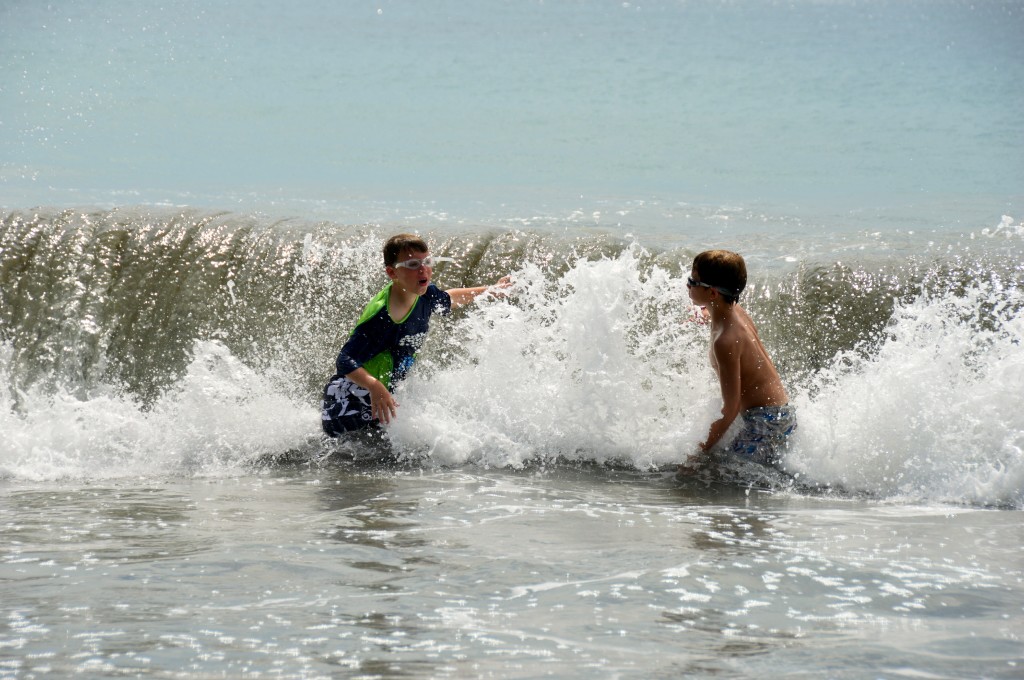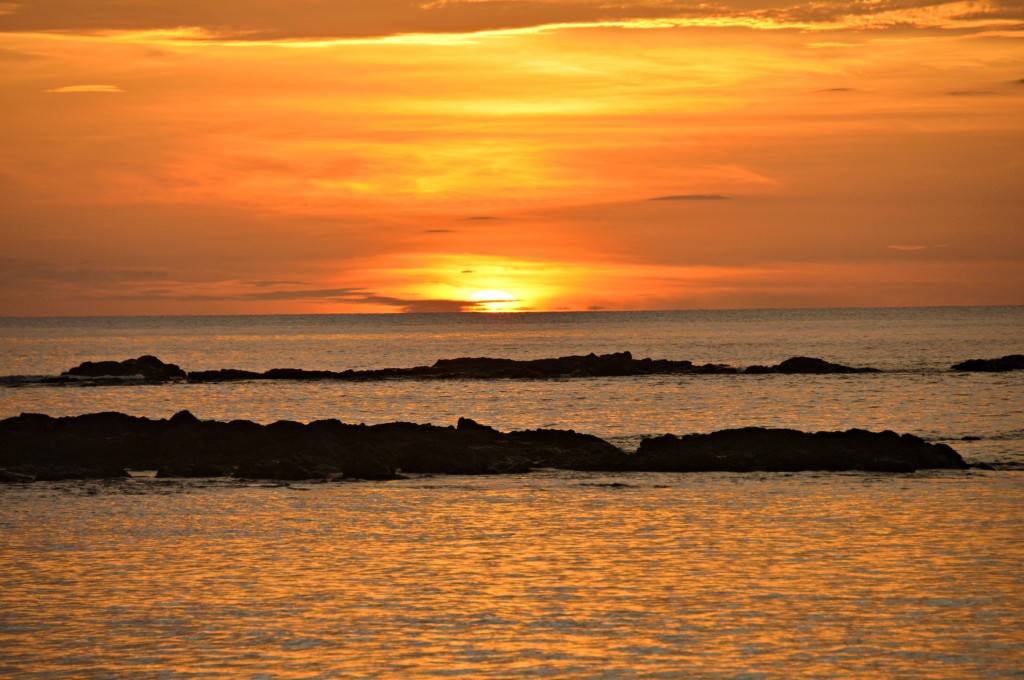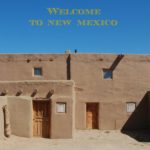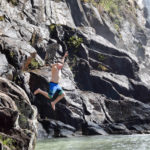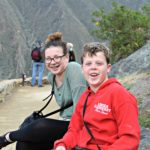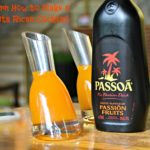My family just returned from an amazing week in Costa Rica. We stayed on the Papagayo Peninsula in the province of Guanacaste, which is located in northwestern corner of the country. Costa Rica was the tropical paradise we had hoped it would be. The Pacific ocean beaches were stunning with fine sands, blue water and gentle surf.
The landscape was lush and green; giant palm trees waved in the breeze and fragrant, brightly colored tropical flowers demanded our attention. Much to my children’s amazement, we saw wildlife everywhere: birds, monkeys, iguanas, lizards, and even some really unfamiliar animals like coatis, a raccoon relative with a long nose and bushy tail, and agoutis, a large tailless rodent.
The best thing about the trip though was less expected. It was the genuine warmth and openness of the Costa Rican people. The Ticos, as they are known, take tourism very seriously as one of their major national industries. To this end, a huge portion of the country — over one-third — is a public or private nature reserves. People come to Costa Rica to enjoy the beaches, explore the rain forests and observe the wild life. So the Costa Rican government, developers and scientists have all worked to protect these natural resources. They also strive to be sustainable in other areas as well, harnessing water, wind and sun to generate power.
English is widely spoken particularly among those who work in tourism and the younger generation. (That being said, everyone we met appreciated my rather lame efforts to speak Spanish and to encourage the children to try some Spanish words and phrases.) Guides and those who work in tourism often have specialized training. We did excursions with two private guides, both of whom had attended college and passed certification exams. Both spoke fluent English and were extremely knowledgable on a wide variety of topics.
But more importantly, the Ticos that we met seemed genuinely happy to welcome us to their beautiful country. They were funny, gracious and warm and showed a particular kindness towards our children. Because of this, it was easy to have frank, open conversations with the Costa Ricans that we met, such as our guides, and to learn more about what life is like in Costa Rica.
While there, we made an effort to try the local cuisine. Costa Rican specialties include gallo pinto, a dish of black beans and rice, that is eaten at almost every meal, and chifrijo, a favorite bar snack that is made with rice, beans, pork rinds (chicharrón), avocado and pico de gallo. We ate a lot of sweet plantains, which were sliced into rounds and stewed. We enjoyed plenty of other tropical fruits as well, including pineapple, passion fruit, guava and papaya. We also loved the crispy chips made with roots like yucca and cassava. Of course, we were served delicious local seafood, like red snapper, cooked, but also raw as ceviche. Costa Ricans eat many other typical dishes from Central and South American, such as arroz con pollo, empanadas, tamales and Venezuelan arepas. In Costa Rica, corn tortillas are preferred over wheat and the preferred local condiment is Lizano salsa.
I highly recommend visiting Costa Rica, especially for families. It is not just another beach vacation, although the beaches are amazing. From our resort, we took day trips to hike in the rainforest, go zip lining — okay, I am deathly afraid of heights and did not zip line, but the rest of my family did — and snorkel. We went on bird walks and tried our hands at paddle-boarding and kayaking on the ocean. And that still left plenty of time for relaxing by the pool and splashing in the waves. There was plenty to keep our group of nine, spanning three generations, busy and happy.
In addition, as a first international trip, which it was for my son, Costa Rica is a low-impact destination. From most U.S. destinations, there is only a one or two hours time difference, so no jet lag. If you are headed to the west coast of Costa Rica, skip flying into the capital, San Jose and fly to Liberia instead. San Jose is hours away and there is not much to see or do there. If you are landing late at night or flying out of Liberia early in the morning, there is a Hilton Garden Inn near the airport which is very modern and convenient. You don’t need to change much currency – many Costa Ricans are happy to accept dollars. Although in small local shops and restaurants, it is easier to use the local currency, colones. We had no trouble drinking the tap water which was nice.
We visited Costa Rica in August, which is low season. Technically it is the start of the rainy season, but the rain did not bother us. A few of the afternoons that we were there it rained in the afternoon, but then the storms passed. The plus side to visiting during the rainy season is that the resorts are less crowded, you can find some good deals and the landscape is lush and green, not dry and brown.
The Costa Ricans have a saying: pura vida. It translates to “pure life,” but that does not capture the meaning. Pura vida is a greeting, a farewell, a response to inquiries about how one is feeling, a way to thank someone or to say “you’re welcome,” and indeed a way of life. It is about embracing life and being joyful. In Costa Rica, we certainly found much to be joyful about. Pura vida!
